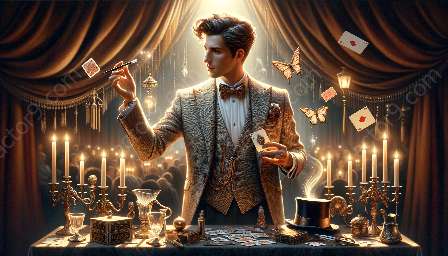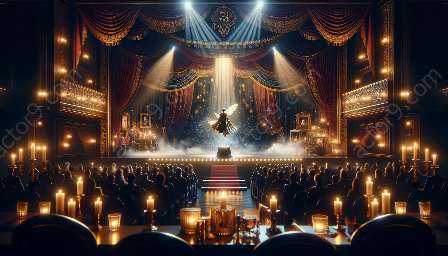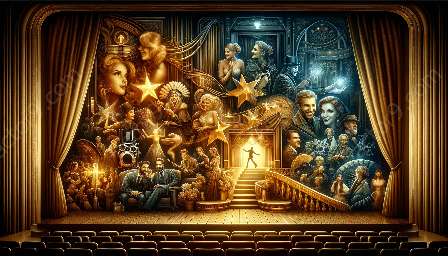Hypnosis is a fascinating and enigmatic phenomenon that has found a unique place within the performing arts, particularly in the realm of magic and illusion. This article aims to explore the various factors that contribute to the effectiveness of hypnosis in the context of performing arts, shedding light on the intersection between hypnosis, magic, and illusion.
Understanding Hypnosis
Hypnosis, often associated with altered states of consciousness and suggestibility, has captivated audiences for centuries. By tapping into the subconscious mind, hypnotists are able to guide individuals into a state of heightened focus and suggestibility, opening the door to a myriad of creative possibilities within the world of performing arts.
The Power of Suggestion
One of the key factors contributing to the effectiveness of hypnosis in performing arts is the power of suggestion. Through carefully crafted language and non-verbal cues, a skilled hypnotist is able to plant suggestions in the minds of their subjects, leading them to perform seemingly impossible feats or experience illusions that defy rational explanation.
Emotional Engagement
Furthermore, the emotional engagement of the audience plays a crucial role in the effectiveness of hypnosis in performing arts. The mesmerizing nature of hypnotic performances often evokes strong emotional responses from the audience, enhancing the overall impact of the experience.
Art of Misdirection
In the realm of magic and illusion, the art of misdirection is synonymous with capturing and redirecting the audience's attention. Hypnosis, with its ability to guide and influence perception, seamlessly complements the art of misdirection, allowing magicians and illusionists to create awe-inspiring illusions that defy logic and reason.
Psychological Prowess
Moreover, the psychological prowess of hypnotists cannot be overlooked. Understanding the intricate workings of the human mind, including cognitive biases and perceptual limitations, enables hypnotists to craft performances that leverage these psychological phenomena, amplifying the impact of their art within the realm of performing arts.
Collaborative Creativity
Lastly, the collaborative creativity between hypnotists, magicians, and illusionists contributes significantly to the effectiveness of hypnosis in performing arts. By intertwining the hypnotic experience with the awe-inspiring world of magic and illusion, artists can create spellbinding performances that leave a lasting impression on their audiences.
Conclusion
In conclusion, hypnosis has proven to be a powerful and captivating tool within the realm of performing arts, particularly when combined with magic and illusion. The factors contributing to the effectiveness of hypnosis in this context, including the power of suggestion, emotional engagement, the art of misdirection, psychological prowess, and collaborative creativity, all play a pivotal role in shaping mesmerizing performances that continue to captivate and mystify audiences around the world.


















